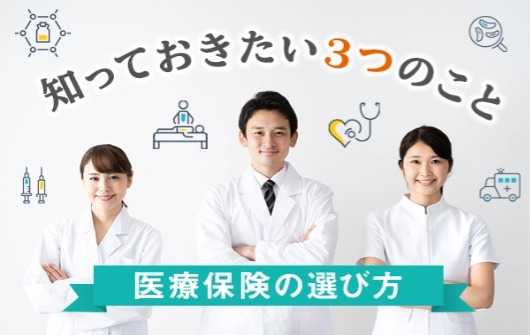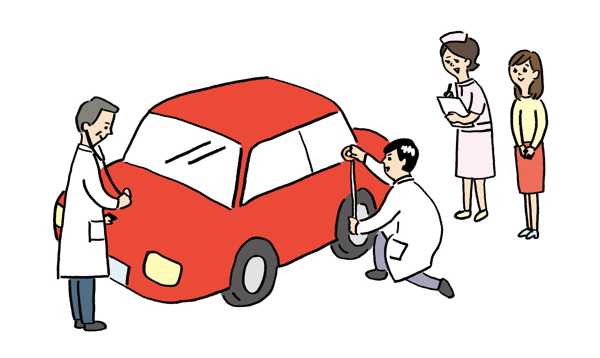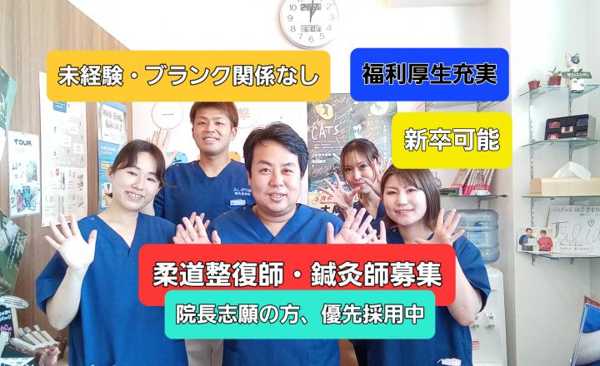The most effective arthritis treatments (2025) and arthritis pain will disappear!
Living with Thyroid Eye Disease: A Guide to Symptoms, Treatments, and Coping Strategies
Thyroid Eye Disease (TED), also known as Graves' orbitopathy or thyroid-associated orbitopathy, is an autoimmune disorder often linked to thyroid conditions such as hyperthyroidism or Graves' disease.
Thyroid Eye Disease (TED), also known as Graves' orbitopathy or thyroid-associated orbitopathy, is an autoimmune disorder often linked to thyroid conditions such as hyperthyroidism or Graves' disease.
TED can lead to uncomfortable symptoms, vision issues, and even physical changes in appearance if not properly managed. In this article, we will explore the symptoms, treatment options, and coping strategies for living with TED.
Key Symptoms of Thyroid Eye Disease
TED presents itself in a variety of ways, often developing slowly. These symptoms can vary from person to person and can range from mild to severe. The following symptoms should prompt individuals to seek medical attention:
Protruding Eyes (Exophthalmos): One of the most recognized symptoms of TED is bulging eyes, which may cause difficulty in closing the eyes completely. This leads to dry, irritated eyes, as well as excessive tearing.
Eyelid Retraction: The upper and lower eyelids may pull back, giving the person a "staring" appearance. This retraction can make blinking harder, which can further lead to dryness and sensitivity to light.
Vision Changes: Inflammation around the eye muscles can cause problems such as double vision or blurred vision. This is because the muscles controlling eye movement become inflamed and can no longer work together properly.
Eye Pain and Sensitivity: Many people with TED experience a sensation of pressure or pain in and around their eyes, especially when moving them. Light sensitivity is also common.
Swelling Around the Eyes: Inflammation can cause visible swelling in the tissues around the eyes, making them appear more prominent.
Who is at Risk?
TED is most commonly seen in individuals with thyroid disorders, especially those suffering from hyperthyroidism or Graves' disease. Research suggests that up to 50% of individuals with Graves' disease will develop TED at some stage.
Several factors increase the likelihood of developing TED, such as:
- Smoking: Tobacco use significantly increases the risk of developing TED and worsens its severity.
- Older Age: TED is more common in people over 40, with the condition often peaking between ages 40 and 60.
- Uncontrolled Thyroid Hormone Levels: Poor management of thyroid hormone levels increases the risk of TED.
- Gender: Women are more likely to develop TED than men, though it can affect both sexes.
Treatment Options for Thyroid Eye Disease
Treatment for TED largely depends on the severity of the disease and the specific symptoms a person is experiencing. Here are some of the most common treatment options:
Tepezza (Teprotumumab): This breakthrough medication has significantly improved the treatment landscape for TED. It specifically targets the underlying inflammation, helping to reduce symptoms like bulging eyes and double vision. Many patients report improvements not only in their symptoms but also in their appearance.
Corticosteroid Therapy: Steroids are commonly prescribed for managing TED flare-ups. They reduce inflammation, helping to alleviate symptoms like swelling and pain. However, they are usually recommended for short-term use due to potential side effects with long-term use.
Surgical Interventions: In severe cases, surgery may be necessary. Orbital decompression is one procedure that involves removing a small portion of bone around the eye socket to reduce pressure behind the eyes. This can improve the positioning of the eyes and, in some cases, prevent vision loss.
Supportive Care: For milder cases, symptom management is key. Using lubricating eye drops, wearing sunglasses to protect from light sensitivity, and maintaining good eye hygiene can all help alleviate discomfort.
Coping with Thyroid Eye Disease
Living with TED can be both physically and emotionally challenging. However, there are several coping strategies that can help individuals manage the condition and maintain a good quality of life:
Support Groups: Connecting with others who have TED can provide invaluable emotional support and practical advice for dealing with the disease.
Regular Monitoring: Since TED can progress over time, it is essential to work closely with a healthcare provider to monitor symptoms and adjust treatments as needed.
Stress Management: Since stress can exacerbate TED symptoms, adopting stress-reducing activities like yoga, meditation, or deep-breathing exercises can be beneficial for overall health and well-being.
Self-Care: Maintaining a good skincare routine and taking breaks to rest your eyes can significantly reduce irritation and discomfort.
Living with TED: What You Can Do
Managing TED effectively requires a combination of medical intervention and lifestyle adjustments. The key to living well with this condition is early detection, personalized treatment plans, and ongoing monitoring. It’s essential to educate yourself about TED and its symptoms, so you can detect any changes and seek treatment promptly.
In addition, implementing coping strategies and focusing on holistic health — including stress management and self-care — can help you manage the emotional and physical challenges that come with TED.
Conclusion
Thyroid Eye Disease is a complex condition that requires careful attention and a proactive approach to management. With early detection, appropriate treatment, and lifestyle adjustments, individuals with TED can significantly improve their symptoms and quality of life. If you are experiencing symptoms of TED, especially if you have a thyroid condition, consult your healthcare provider for a proper diagnosis and tailored treatment plan. With the right support and management, living with TED can be much more manageable, and many people can lead fulfilling lives despite the challenges posed by the condition.











